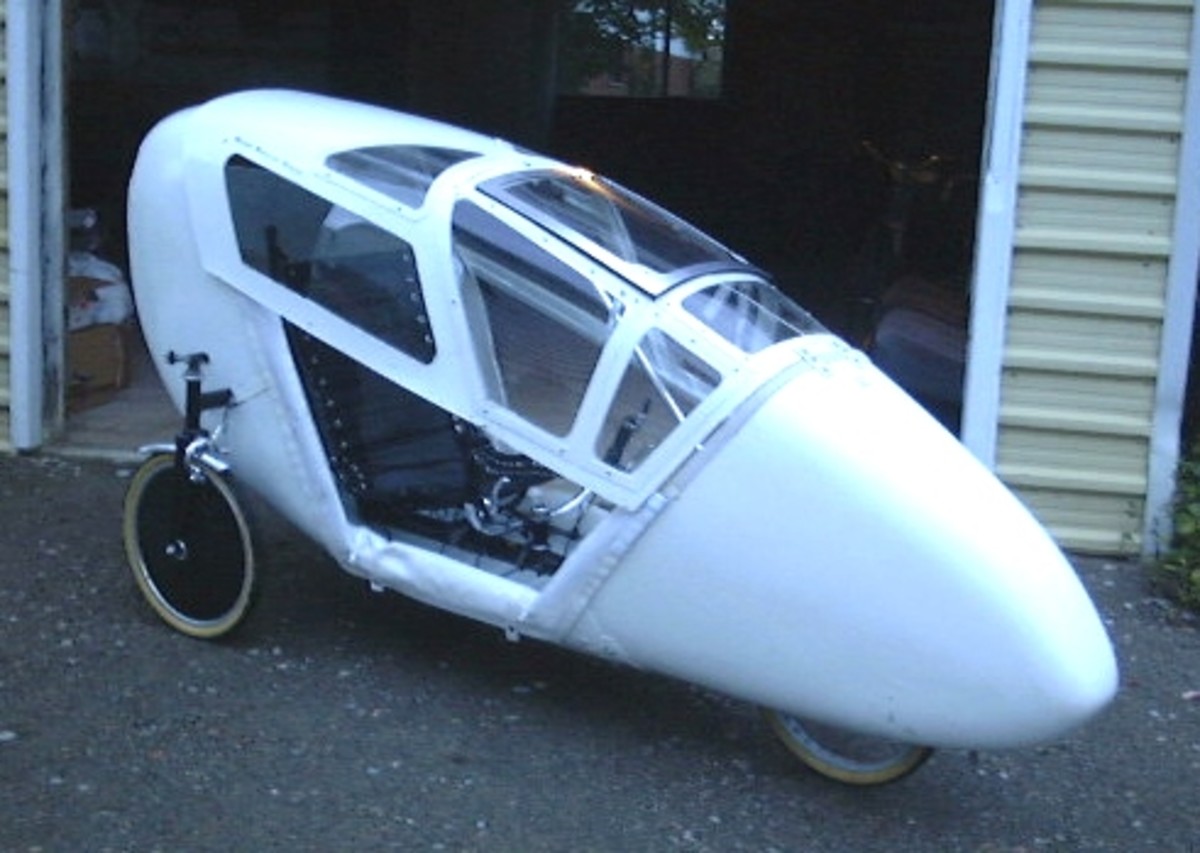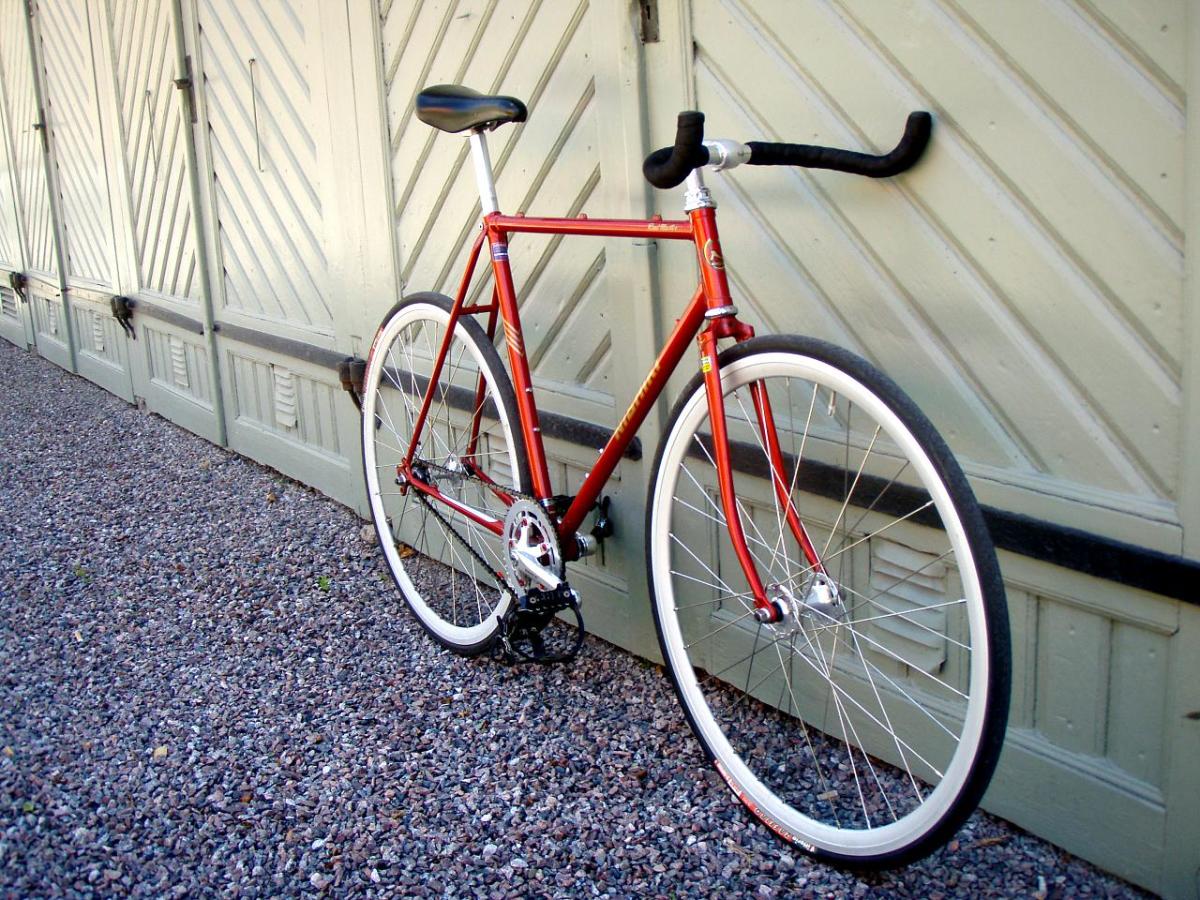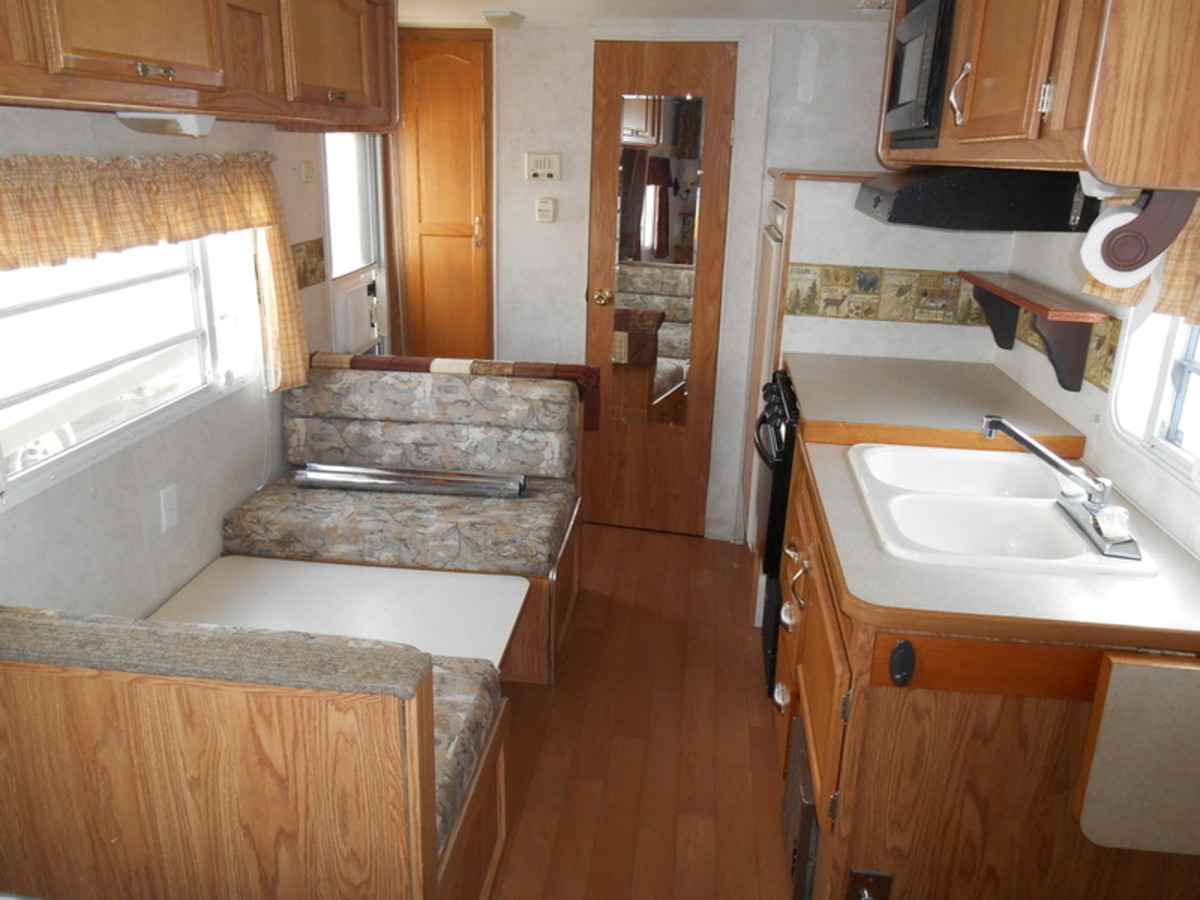Commuting by Bike: Save Money on Gas, Lose Weight, and Reduce Stress
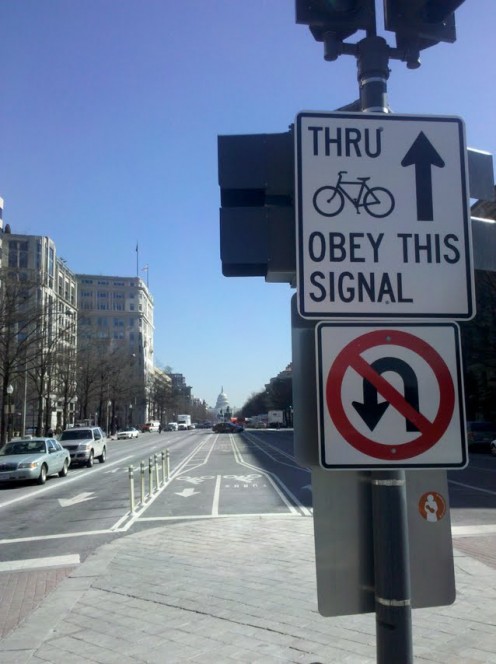
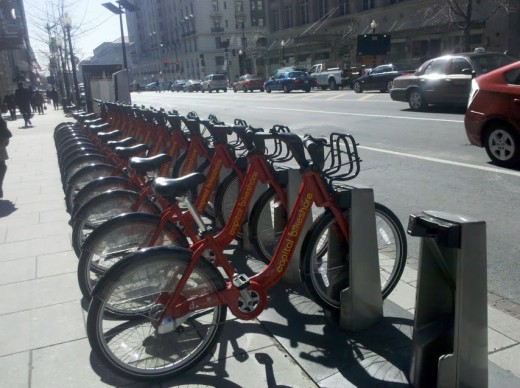
Get Bike Clothing
In the summer of 2006, I traded four wheels and an internal combustion engine for pedal power.
I was fed up with $3 per gallon gasoline and a 9-mile commute that could take as long as an hour to complete on Washington, D.C.’s congested roads. I also was ashamed at my increasingly flabby self and frustrated at the lack of time needed to exercise. Bicycling had been a favorite recreational pursuit for years. I began thinking that it could be a multifaceted solution to my problems: By commuting to work by bike, I thought, I could save money, reduce stress, and lose weight.
I was right. Driving cost me about $100 per week in parking and gas and wear and tear on the car, and Metro was about $30 weekly. On an annualized basis, commuting daily by bike saves me about $4,800 over driving and $1,440 over rail, before the relatively minuscule cost of bike maintenance and the one-time cost of acquiring some essentials such as panniers, winter bike clothing, and a powerful light for nighttime cycling. The health benefits of 20 miles cycling per day were soon evident as well: I dropped 20 pounds and lowered my blood pressure.
It was the best decision I have made in my life. This Hub aims to help you get started too. Becoming a bicycle commuter requires some upfront logistical planning and minor financial investments (that are quickly recouped by not spending money on gas, parking, or public transportation costs).
There is a surge of interest in bike commuting now in 2012 as gasoline again tops $4 a gallon.
A new bike commuter must prepare by plotting a safe route to work, securing a safe place to store a bicycle, and finding a place to shower and change clothing.
The Route: My commute consists of bike trails or bike lanes and roads with a posted speed limit of 25 miles per hour and speed bumps. I am fortunate enough to live in a city where bike paths are common. If you are a regular cyclist, you’re likely already familiar with dedicated paths. If you’re not, spend some time online. Google Maps allows you to plot a bike commuting route with relative ease. Some cities have cycling associations with commuting maps. In Washington, D.C., for example, that service is provided by the Washington Area Bicycle Association. You may also live in one of 25 states that are part of the U.S. Bicycle Route system. At the very least, stick to secondary roads, and be sure to explore your new route on a day when you’re not due at work first so you can spot any hazards and detour accordingly. Google Maps, for example, tells me my commute should take me straight through a secure section of the White House grounds, and I’m quite sure the U.S. Secret Service wouldn’t be amused at the satellite’s insistence if I followed the instructions.
Gear for your Bike: Don’t be intimidated by bike snobs and gear-heads. I’m neither. That said, some gear is absolutely essential. If you don’t have it, bike commuting will be a miserable experience and you will become discouraged. Just don’t feel pressure to buy things you don’t need.
It’s a given that you’ll need a bicycle. In my experience, it’s better to commute by road bike than by mountain bike because road bikes are faster. If all you have is a mountain bike, swap out your knobby tires for a pair of slicks. Unless your ride is absolutely flat, stick to a multi-geared bicycle for optimum performance. Single-speed bikes and fixed-gear bikes are popular gear-heads, hipsters, and messengers, but they’re impractical for commuters. Your bike should be about utility, safety, and comfort. It isn’t necessary to buy an expensive bike – in fact, something old from Craigslist may even be optimal if you’re worried about theft. Just be sure the bike fits your frame – get a proper fitting at a bike store (although a rule of thumb is that you should have an inch of clearance between your crotch and any bar when standing flat-footed over the bike, your knees should bend slightly even with the crank fully depressed, and the handlebars should be at a comfortable reach).
Many commuters get by with carrying clothing, toiletries, and work materials in a backpack or messenger bag. I found them to be uncomfortable because they’ll cause your back to sweat. They can also be dangerous because they can disrupt your balance. Invest in a rack and a set of panniers (a special bag that fastens to a rack). There are many options out there. After experimenting for about a year, I started using a boom rack made by Topeak that clamps onto the seat post that has a bag system that slides securely into the top.
Consider fenders for your bike. They’ll keep you from feeling like you’re wearing a wet diaper when you ride in the rain. Also, consider clipless pedals and shoes. They’ll save you a lot of energy and get you where you’re going faster. Be sure also to invest in a good lock that complements the security where you park your bike.
A word about seats, especially for women: It may sound contrarian, but don’t get the big, padded one. They just cause chafing. Stick to the narrow ones. If you’re going to ride daily, your butt will thank you for it later.
And, you’ll need lights. Invest in a good headlight that fastens to the handlebars, and possibly one for your helmet as well. I use one with a battery that can charge via a USB cable that plugs into my computer at work. Also invest in at least one rear light that blinks red. I say at least because it’s best to be lit up like a Christmas tree when riding in traffic in the dark. You can never have too many lights.
Gear for your Body: Get a good helmet. Get it fitted properly. I can’t stress this enough. It could save your life. If you’re like me and your helmet is 10 years old, get a new one. Styrofoam deteriorates over time.
Summer riding is easy clothing-wise. There’s no need to buy a bunch of spandex, although it does have the benefit of drying quickly and may be more comfortable in the long run. You can buy offbrand shorts and tights on the Internet. The challenge comes in winter if you’re determined to keep riding (and I’ll ride in all conditions except when black ice is possible). Invest in good winter clothing. Buy windproof tights and gloves made of Gore Tex. Buy a balaclava or two to protect ears and keep heat from escaping. Acquire and wear base layers and a windproof jacket – you’ll be creating your own wind-chill factor when you zip around in 35-degree weather, remember. For your feet, I recommend Gator Socks made of neuroprene. There’s nothing worse than frozen toes when you’re trying to pedal and these socks have made a huge difference for my comfort this season. This winter gear is expensive, but remember that for the most part it’s a one-time investment that you’ll recoup many times over in savings by no driving.
As for work attire, invest in wrinkle-free clothing that can be rolled up in your panniers and keep a couple of sports coats, suits, or professional garments at the office to supplement as needed. Store a couple of pair of shoes at the office, too, under your desk if necessary. This cuts down on weight. (I realize these tips work better for men than for women. Perhaps female bike commuters can offer their own tips in the comment section.)
At the Office: So, you biked in! Congratulations! Now, you need a place to store your bike, shower, and change your clothes.
My office has a parking garage with attendants. There are bike racks on the second level. It’s about as perfectly secure a location as I could ask for. Most parking garages do, in fact, have bike racks. Start there. Some cities even have dedicated spaces for bike commuters. Some cities, including Washington, D.C. and Toronto, have privately-run bike storage facilities. If you have an office, see whether you can bring your bike inside. As a last resort, locate a highly visible rack and use a U-Lock properly.
My office building has a gym that I hardly used and was barely aware of before I started bike commuting. If yours doesn’t, see if your employer has a discount arrangement with a fitness center nearby. Some fitness centers also sell shower-only memberships (and may also offer bike storage options).
Other tips: Pack some travel-sized personal items (deodorant, shampoo, a small brush or comb) in your bags semi-permanently. Also pack basic bike tools and learn to use them (to change a tire, etc). For flat tires, pack an extra tube as well as CO2 cartridges and inflating system. Stick a $20 bill in the bag for emergencies. Ride in the street and not on sidewalks (it’s the law in most places, and it’s safer), and obey all traffic laws as you would if you were in a car.
Update: Evidently, I'm not alone. bike commuting is up 45 percent in New York City: http://www.nyc.gov/html/dot/html/pr2009/pr09_030.shtml


